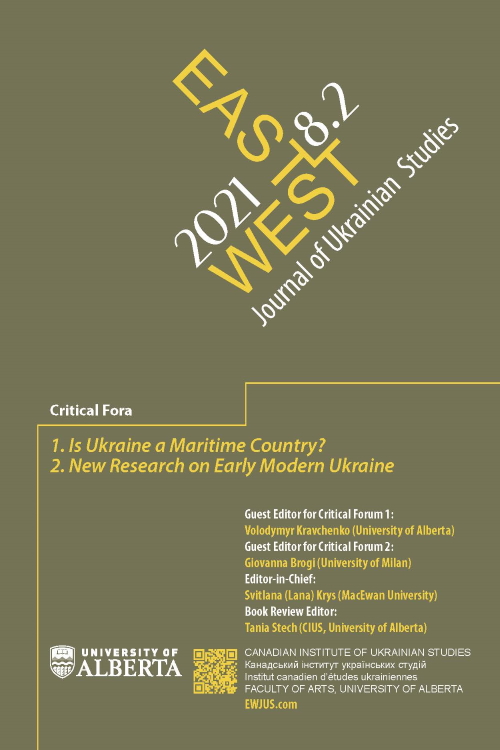The Black Sea from a “Safe” Distance: Guest Editor’s Introduction
The Black Sea from a “Safe” Distance: Guest Editor’s Introduction
Author(s): Volodymyr V. KravchenkoSubject(s): Politics, Essay|Book Review |Scientific Life, Political history, Russian Aggression against Ukraine
Published by: Canadian Institute of Ukrainian Studies at The University of Alberta
Summary/Abstract: Why was an academic conference devoted to problems in the Black Sea basin held in landlocked Kharkiv? Those who wish to find the answer to this question would do well to recall that in 2010, Kharkiv was the place where the “Agreement between Ukraine and Russia on the Black Sea Fleet in Ukraine” (widely referred to as the Kharkiv Pact or Kharkiv Accords) was signed. Upon travelling even farther into the depths of history, one would see how important the strategic role of Kharkiv was in Russia’s expansion and modernization of the southern reaches of its empire. As well, Kharkiv seemed to attract more than its fair share of people from the Balkan region, particularly those from what is now Serbia and Bulgaria. In this respect it suffices to mention the founder of Kharkiv University, Vasyl' Karazyn (Russ. Vasilii Karazin, 1773-1842), and two of its professors, Teodor Filipović (1778-1807; pseud. Božidar Grujović), who authored the first constitution and laws of Serbia, and Marin Drinov (1838-1906), who was among the founders of the constitution and national academy of sciences of Bulgaria. Against this background, the North-South axis of Ukraine and Kharkiv’s symbolic geography appears no less important than the East-West axis.
Journal: East/West: Journal of Ukrainian Studies (EWJUS)
- Issue Year: 8/2021
- Issue No: 2
- Page Range: 3-6
- Page Count: 4
- Language: English

